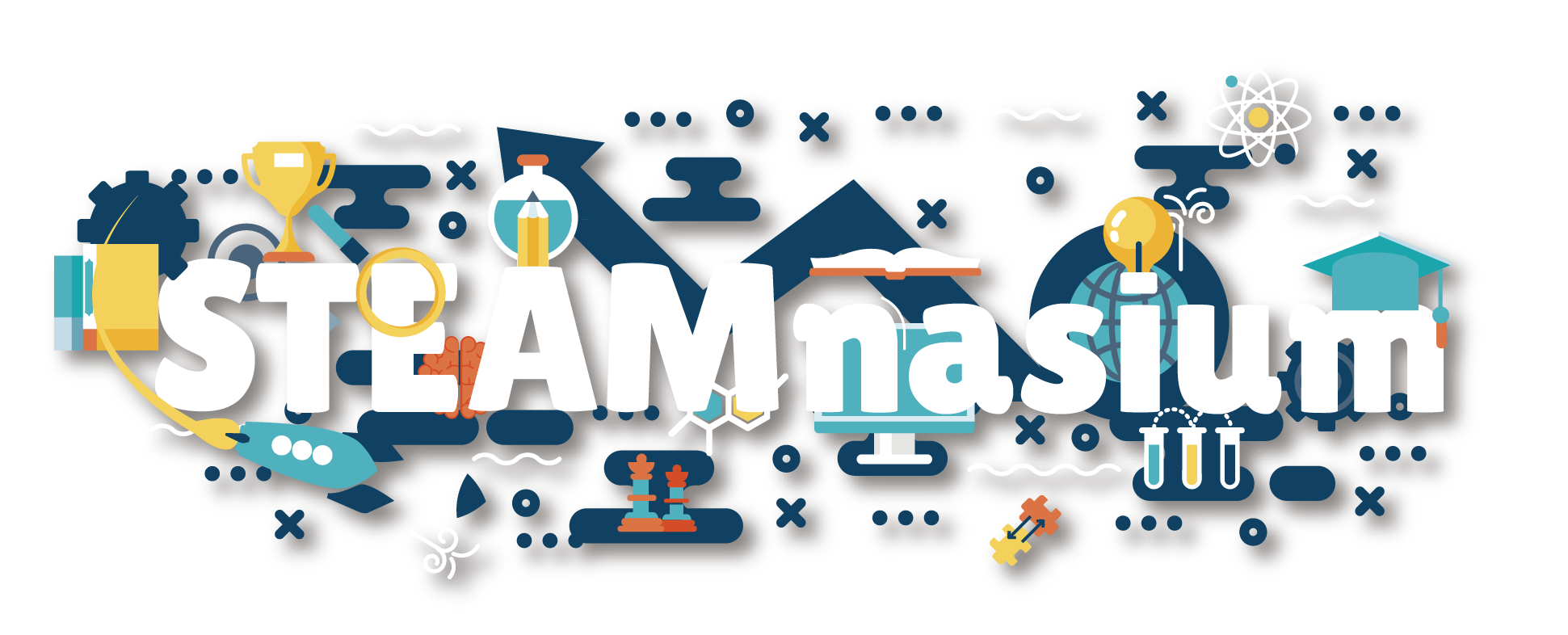
Fun, engaging, and playful! Here's how you can participate in the science, technology, engineering, mathematics, and art-infused STEAM activities from the comfort of your home.
Developers: Rochy Flint and Alyssa MacMahon
Sidewalk Math hands-on station is about bringing the fun play of sidewalk chalk art to cultivating an inclusive MathSpace for all. Sidewalk Math is a powerful space that stimulates wonder, meaningful hands on learning, and engagement across all ages. Sidewalk Math is great for mathematics learning and community building both virtually and physically. It is trending as an affordable, creative, and inspiring interactive space that can happen at your front steps. The wider mathematics education community has been engaging with #sidewalkmath, and we would love you to join us and play!
Materials: Sidewalk chalk, paper, writing utensils, computer or tablet
Developers: Rochy Flint and Lissy Hodge
Patterns are everywhere you look, but there is a special name for a pattern that repeats the same shape continuously without any gaps or overlaps: a tessellation! From brick paths to honeycombs to Platonic solids, join us as we delve into the discovery of tessellations! We will explore where you can find them, the properties that define them, and how to make your own tessellations through interactive playful activities. This station is accessible to people of all ages. We hope you will join us in our discovery of Tessellations.
Materials: Paper, cardboard, scissors, pencil or pen, tape, coloring utensils, ruler, computer or tablet. There will be links to printouts for some activities.
Developers: Irina Lyublinskaya, Stephanie Sheehan, and Alyssa MacMahon
Explore elasticity, balancing, friction, and static electricity in videos and virtual simulations to learn about math, science, and technology all around you. Get cool ideas for science and math explorations at home.
Materials: For home explorations - different shoes, spool of string, round balloons, wooden ruler or yardstick, play dough, patches of textiles from old clothes (like cotton, felt, wool, silk), plastic comb, rubber bands, large paper clips, popsicle sticks, wedge, marbles or coins, small paper cup, scissors.
Developers: Joey Lee and Joe Chung
In this station, play with interactive science holograms, including the solar system and human body. You will use a free augmented reality MERGE cube that you can print out and make at home. You’ll also learn how to create your own 3D holograms. Try it out and amaze your friends!
Materials: MERGE Cube Template - Printout
Developers: Jessica Riccio, Allie Riccio, Anna Ghurbanyan, Lorna Otero and Leilani Otero
In this bilingual Spanish and English investigation station, meet 2 young Middle School STEAM-enthusiasts, from NY and Puerto Rico on their youtube vlogs documenting their inquiries! Each will explore with a TC MST WISE (Woman in Science Education) mentor to explore effervescence at home and compare results with NASA Astronaut Ricky Arnold on the International Space Station! Then these two bubbly young STEMinists will interact and share all the things they loved about the activity- and open it up to you to join them on our STEAMnasium: Bubbles of Fun website.
Materials: Alka Seltzer tablets, internet,measuring cup, water, clear containers with lids, ziploc bags, notebook, timer, pen
Developers: Nick Wasserman
In this activity, you will explore several different dynamic explorations in mathematics - all of which are created using the dynamic software GeoGebra. The explorations range from investigating triangle relationships, creating tessellations, visualizing fractals, justifying area formulas, and modeling with mathematics. Come see how mathematics, and mathematical relationships, can be visualized and how you can interact with them dynamically!
Materials: A computer or tablet to access the dynamic materials. Google Chrome browser recommended.
